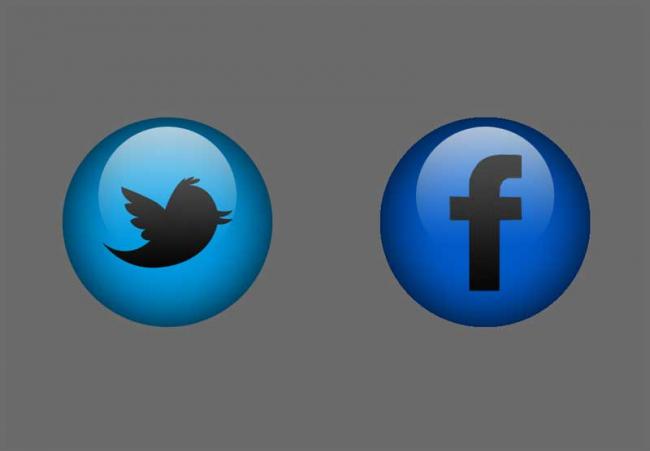
Study dispels notion that social media displaces human contact
New York, Feb 16 (IBNS): Echoing concerns that grew with the Internet itself a decade earlier, the rise of social media has stoked fears of “social displacement” — the alienation of people from friends and family in favor of Facebook and Twitter.
A new study co-authored by a University of Kansas researcher goes a fair distance toward debunking that notion.
Associate Professor of Communication Studies Jeffrey Hall says his new study, published in the journal Information, Communication & Society, shows no evidence for the proposition that social media crowds out face-to-face communication with those who ought to matter most – our close friends and family members.
On the contrary.
“I’m trying to push back on the popular conception of how this works,” Hall said. “That’s not to say overuse of social media is good, but it’s not bad in the way people think it is.”
In their paper “Two tests of social displacement through social media use,” Hall and then-KU doctoral students Michael Kearney and Chong Xing performed two unique studies.
In the first, they compared data sets from the Longitudinal Study of American Youth from 2009 and 2011 to see whether there was any decrease in interpersonal contact that could be correlated with increased use of social media. Spoiler alert: There was no such relationship.
Hall said the young adults – chosen to be representative of Americans of their age as a whole — tracked in the LSAY “are squarely in the middle of Generation X. What was really convenient was the questions about social media use were asked right when Facebook was hitting its inflection point of adoption, and the main adopters in that period were Gen Xers.”
However, Hall said, “It was not the case at all that social media adoption or use had a consistent effect on their direct social interactions with people.”
Direct interactions were defined as getting out of one’s house, visiting friends, talking on the phone and attending meetings of groups and organizations (apart from religious groups).
“What was interesting was that, during a time of really rapid adoption of social media, and really powerful changes in use, you didn’t see sudden declines in people’s direct social contact,” Hall said. “If the social-displacement theory is correct, people should get out less and make fewer of those phone calls, and that just wasn’t the case.”
The second study was one the authors designed and executed themselves in 2015. They recruited 116 people, half of them adults and half college students, and texted them five times a day for five consecutive days, querying them each time about their use of social media and direct social contacts in the previous 10 minutes.
“What we found was that people’s use of social media had no relationship to who they were talking to later that day and what medium they were using to talk to people later that day,” Hall said. “Social media users were not experiencing social displacement. If they used social media earlier in the day, they were not more likely to be alone later. It’s also not the case that because they were using social media now, they were not interacting face to face later. … It doesn’t seem that, either within the same time period or projecting the future, that social media use indicates people not having close relationship partners in face-to-face or telephone conversation.”
Hall notes that several studies have questioned the displacement effect – both back in the early days of Internet adoption and now – and yet the theory seems stubbornly resistant to debunking. Hall suspects that time spent pursuing social media has displaced older forms of media, e.g., reading the newspaper, browsing the Internet or watching television. But pinning that down is a matter for a different study. For now, Hall is pleased to be able to challenge conventional wisdom using an old theory applied to new media.
Support Our Journalism
We cannot do without you.. your contribution supports unbiased journalism
IBNS is not driven by any ism- not wokeism, not racism, not skewed secularism, not hyper right-wing or left liberal ideals, nor by any hardline religious beliefs or hyper nationalism. We want to serve you good old objective news, as they are. We do not judge or preach. We let people decide for themselves. We only try to present factual and well-sourced news.







